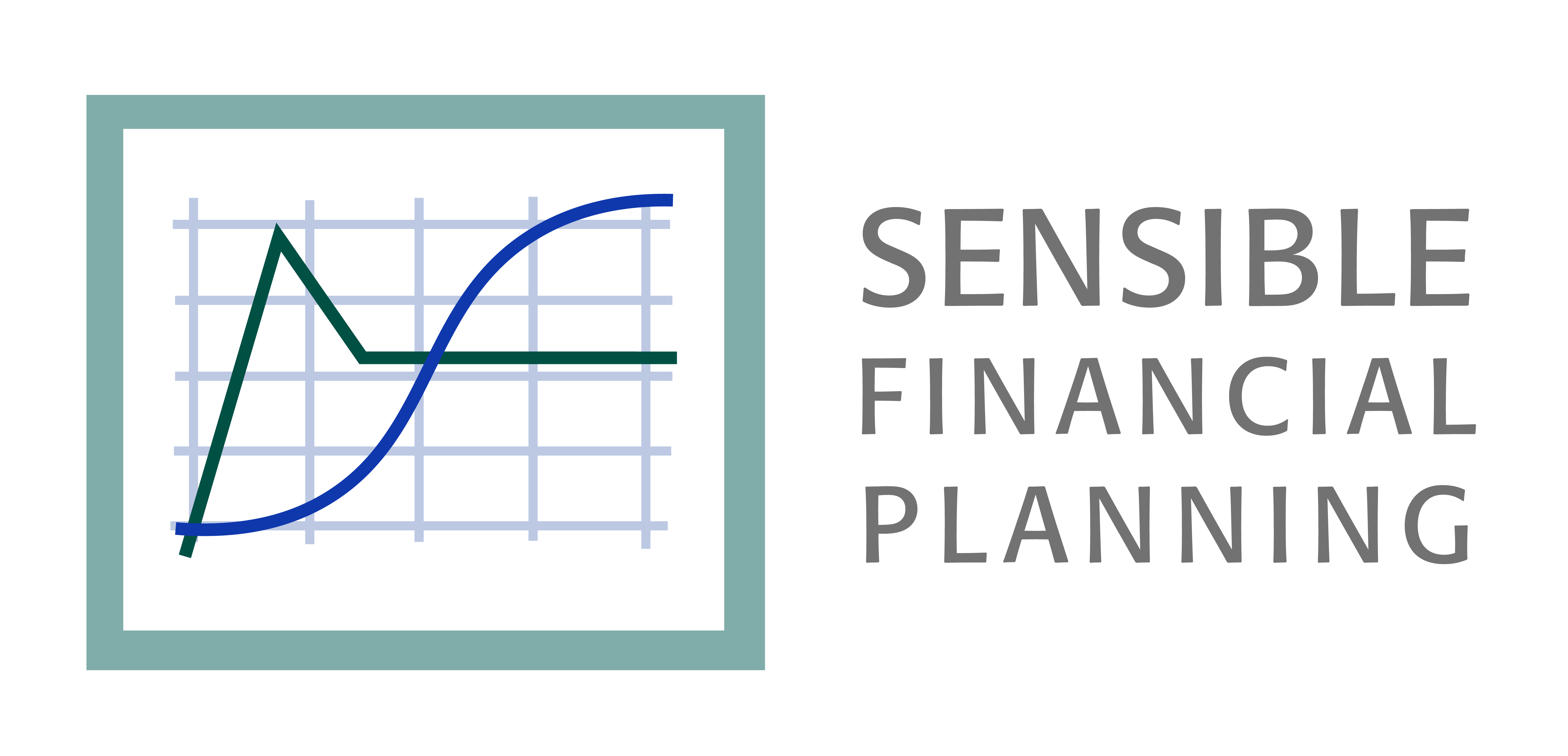A friend of mine, I’ll call him Tim, emailed me a few months ago with a seemingly simple question. He read in the newspaper that one of his funds had returned 0.6% the previous year. He didn’t understand how this was possible since, according to the article, most of the underlying stocks in the fund returned approximately 5%. A little frustrated, he asked me how to calculate the fund’s “actual performance.”
Understanding investment returns is not as straightforward as it might seem. There are several ways to compute return, and each method makes different assumptions. Why so complicated? You might ask. Just tell me what my investments did last year!
While it is easy to overcomplicate finance, calculating investment returns is genuinely challenging and requires considerable care. A basic understanding of how performance is calculated and the steps involved is valuable (especially considering returns are the most important aspect of investments for many people). In this and my next few posts I am going to explain the various methods used to calculate investment returns.
WARNING: Abandon hope all ye who read on. The following blog post contains math.
Let’s begin with a simple example. Assume that you buy GDD stock on January 1st of this year for $50. On December 31st of the same year, you sell GDD for $52.50. The holding period return (“HPR”) will tell you how much your investment earned in a year. (Holding period return is simply the percent change formula you may remember from junior high math class).
HPR = (ending value / beginning value) – 1
To calculate how much you earned on your stock, simply plug in the ending and beginning values into the equation:
HPR = (52.50 / 50) – 1 = 0.05 = 5%
Let’s vary the example somewhat. Assume that BTR stock has the same beginning and end of year prices as GDD, but that the stock pays a $1.25 dividend on July 1st. We can calculate the HPR by modifying the formula slightly:
HPR = (ending value + dividends received) / beginning value – 1 = (52.50 + 1.25) / 50 – 1 = 0.075 = 7.5%
BTR’s total return, or the difference in price plus dividends or interest received, is 7.5% as measured by holding period return. This brings us to the first important point about investment returns.
The “total return” of an investment is the change in value of an investment due to its change in price plus any dividends or interest received.
Obviously, given the choice between stocks GDD and BTR, a rational investor would choose BTR. If you only looked at their beginning and ending values, both stocks would have appeared to have the same return. However, from a total return perspective, BTR stock is the superior investment.
Let’s look at yet another variation. A third stock, BST, has the same beginning and end of year values, except this stock pays a $1.25 dividend on January 1st (the same day you bought the stock). Which stock would you rather have? BTR or BST? According to their holding period returns, both stocks returned the same amount over the year.
HPR (BTR) = (52.50 + 1.25) / 50 – 1 = 0.075 = 7.5%
HPR (BST) = (52.50 + 1.25) / 50 – 1 = 0.075 = 7.5%
Given the choice, however, most people would rather have the dividend sooner than later. If, for example, you reinvested BST’s dividend on January 1st at 5%, you’d have a higher total return for the year ending December 31st than if you reinvested BTR’s dividend six months later on July 1st. So why does HPR lead to the incorrect result? It’s because HPR assumes that all dividends arrive at the end of the period. In other words, it treats all cash flows after the initial purchase as if they occurred on December 31st. This brings me to my second point.
Holding period return provides an accurate measure of return only when all cash flows occur at the beginning and end of the period.
In my next post I’ll discuss how to calculate an annual return when, as in most cases, there are cash flows between the beginning and end of the year.

